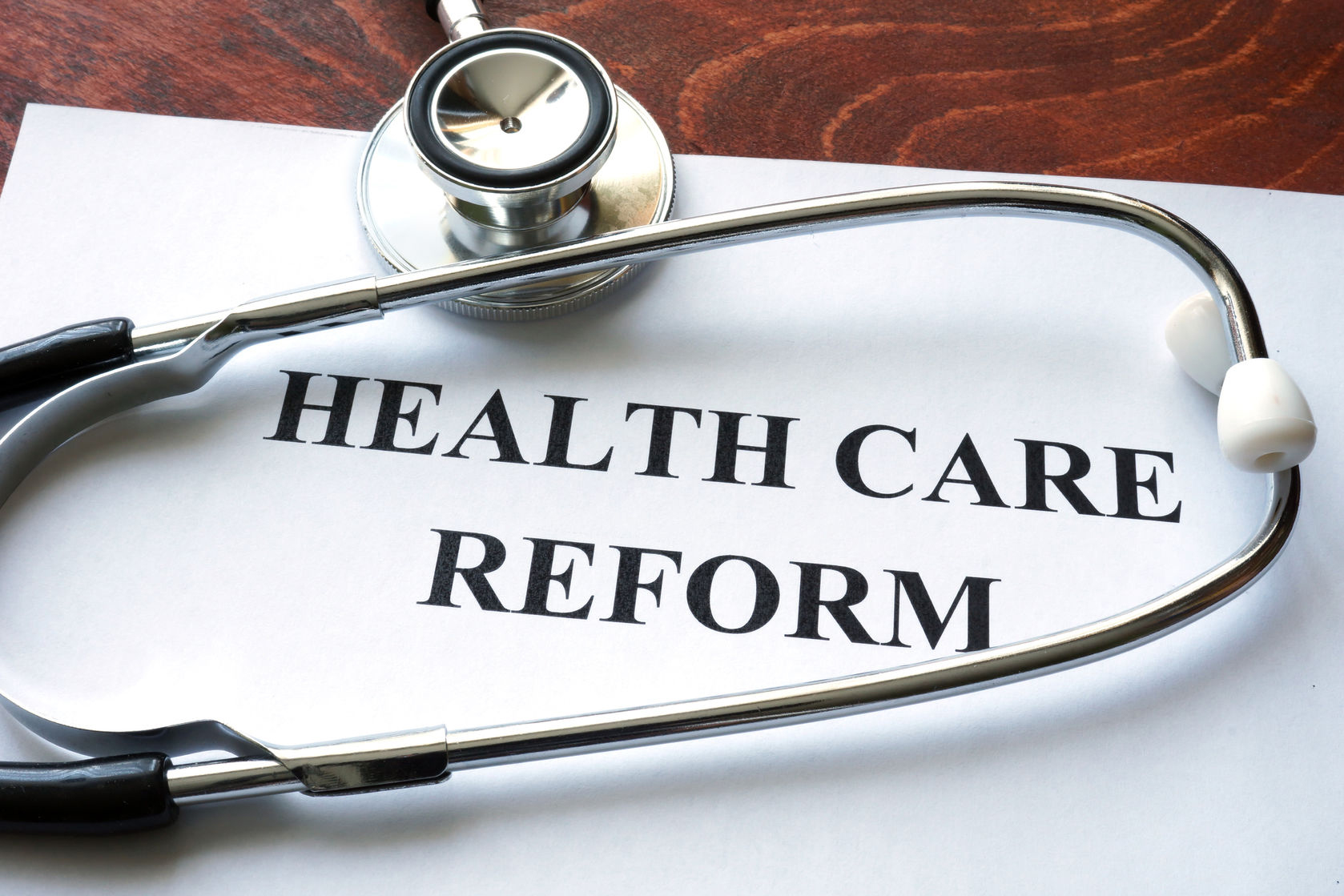The Affordable Care Act appears to be in a death spiral, with a shrinking pool of insurers offering coverage, far fewer individuals purchasing insurance than advocates had anticipated, and double-digit price increases making policies unaffordable—not only to many individuals and families, but to taxpayers, who are required to underwrite the hefty subsidies Washington promised.
ObamaCare isn’t working and its condition is getting worse. The centerpiece of the program, the health insurance exchanges (misleadingly labeled “Marketplaces” by the administration), will pretty much cease to exist within a few more years.
Truth be told, ObamaCare has not significantly increased the number of insured in America. According to the National Health Interview Survey conducted by the Centers for Disease Control and Prevention, about 70% of U.S. residents, age 18 through 64, had “health insurance” in 2015, the second year of ObamaCare enrollments. This was approximately the same percentage that had health insurance in 2006, before the Great Recession swept away jobs and health benefits.
What ObamaCare has done is shift millions of Americans from the medical benefits they previously earned on the job to medical benefits they now receive through government welfare programs, primarily Medicaid.
This is not all President Obama’s doing: The shift began earlier, in 1997, when the Republican-majority Congress collaborated with the Clinton administration to expand Medicaid with the addition of the State Children’s Health Insurance Program (now known as CHIPS).
ObamaCare put Medicaid expansion on steroids. And we are now seeing the results. The Congressional Budget Office estimated in February 2013 that the number of people on Medicaid would be 45 million this year. In March of this year, CBO increased its estimate by more than half, to 68 million people. At the same time, CBO’s estimate of the number of people who would purchase private insurance through ObamaCare exchanges was revised downward from 24 million to 12 million.
The exchanges, of course, were supposed to be “Marketplaces” where individuals would shop and compare prices of policies offered by many competing insurers, like they shop on Expedia or Amazon. They are anything but. According to research recently published by Avalere Health, one third of our country’s insurance “rating regions” will have just one insurer offering policies on the ObamaCare exchanges next year; more than half will have no more than two insurers. Pinal County, Ariz., will have no insurers offering policies.
ObamaCare is becoming a Zen philosophical riddle: What is a health insurance market where no health insurance is offered?
This lack of consumer choice is intensified by double-digit premium hikes, which even the administration no longer bothers to deny. That’s one of the main reasons the exchanges have only half the subscribers previously anticipated: the cost, even with the subsidies.
Nevertheless, the Congressional Budget Office still believes ObamaCare will somehow right itself. Of the 12 million individuals currently covered in exchanges, CBO figures 10 million receive tax credits and two million pay their own way without government assistance. CBO estimates those numbers will increase to 15 million and four million in five years, resulting in exchange policies covering 19 million people in 2021.
There is simply no pathway to that outcome.
ObamaCare gave insurers special subsidies (called “reinsurance” and “risk corridors”) worth tens of billions of dollars to finance their losses in the exchanges for the first three operating years. Those subsidies end this year.
The number of people purchasing insurance on the ObamaCare exchanges has hit its high-water mark. Premium hikes will continue—next year, the year after—and enrollment will decline.
The tragedy is that American health care needs nothing more than a well-functioning, competitive, transparent market for individual health insurance.
The bitterness caused by the 2010 Affordable Care Act, and the administration’s unwillingness to admit that ObamaCare needs a serious overhaul, has resulted in an environment in which real change appears highly unlikely.
Regardless of who wins the presidency in November, the ObamaCare experience has set back health real reform for years.








